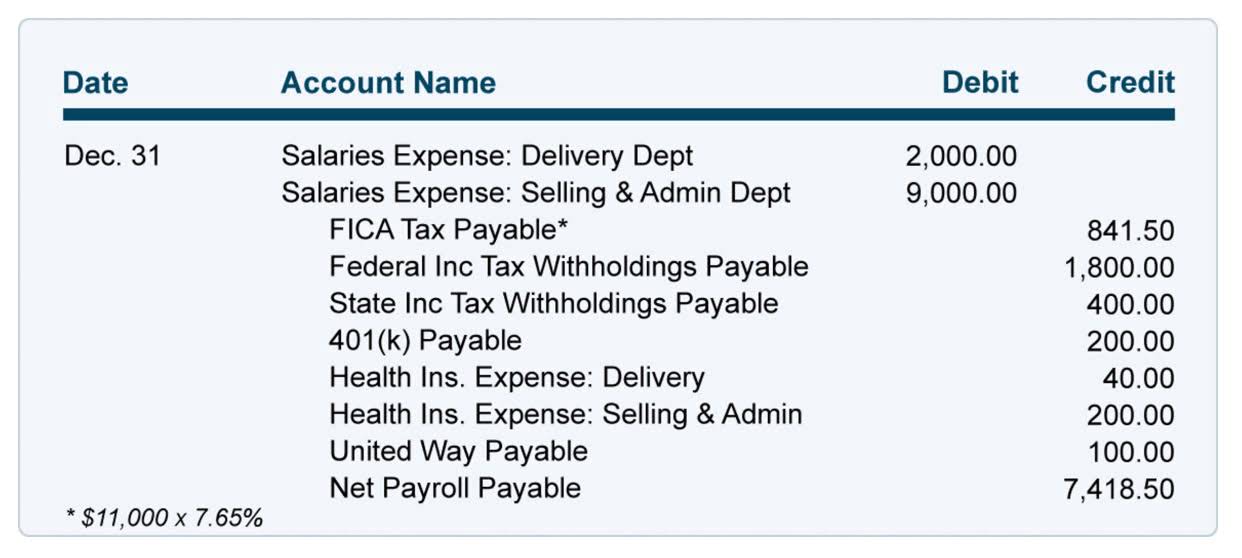Between the start and end of a project, companies must maintain construction accounting records to track costs and revenues. It’s a method a construction company uses to record and report financial transactions and progress from beginning to end. It’s also crucial when a company needs to secure bank loans, demonstrate cip accounting bond capacity, and receive audit and assurance services. NetSuite financial management software automates everyday accounting and handles the unique requirements of the construction industry. It provides real-time access to information from across the company, whether users are in the office or out on project sites.
The accounting treatment of CIP requires careful attention to detail and adherence to accounting standards and principles. Most construction projects are long-term in nature, with invoicing and costs spread out over a long period of time. The challenge is to match up accounting for invoicing and costs as closely as possible to the actual construction progress that’s occurring on the project. Ideally, you will have billed out about 25 percent of the contracted amount at this point. For a variety of different reasons, though, it can be difficult to match up billings with the amount of work that has been completed (or work in progress).
Financial Management: Overview and Role and Responsibilities
Construction work-in-progress accounting refers to the record-keeping of all expenditures that accrue in constructing a non-current asset. An accountant will report spending related to the construction-in-progress account in the “property, plant, and equipment” asset section of the company’s balance sheet. Construction auditors must adhere to the Generally Accepted Accounting Principles (GAAP) and International Financial Reporting Standards (IFRS) guidelines. The basics of accounting for construction companies also include revenue recognition and cost allocation.

CIP, which stands for Capitalized in Progress, is one such term that plays a crucial role in financial reporting. Whether you are a student, a business owner, or a finance professional, understanding the meaning and implications of CIP is essential. Build to use can be an extension in an existing office facility, building a new plant, warehouse, or any business asset.
Learn How NetSuite Can Streamline Your Business
If a company does not track these costs accurately, its finance department may wonder why the company is generating expenses that do not immediately produce profits. Businesses must prepare accurate, up-to-date financial reports that account for their expenses and profits. A balance sheet shows a company’s net worth at any given time and includes all of its assets, even those not currently in use. The CIP account usually contains information for multiple fixed assets under construction. The CIP account, therefore, accumulates costs for a fixed asset until it is ready for use.

